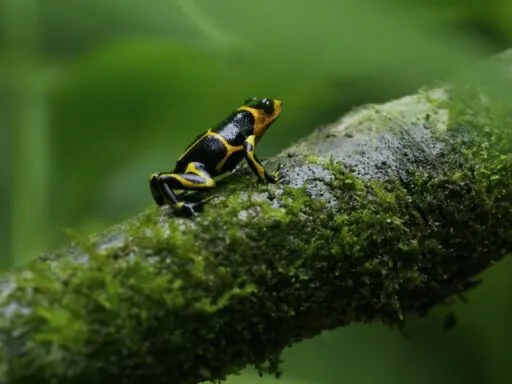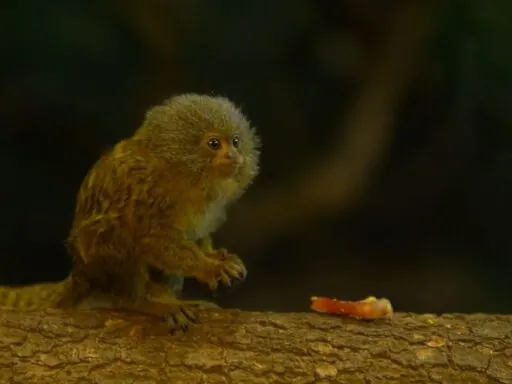Just envision stepping back in time to an era where colossal creatures roamed the frozen landscapes and fierce predators lurked in the shadows. The Ice Age was a period teeming with life that was as fascinating as it was formidable. In this article, we’ll take you on a journey through the top 10 Ice Age animals, revealing the remarkable adaptations and awe-inspiring traits that allowed these creatures to thrive in one of the harshest climates our planet has ever seen.
1. Woolly Mammoth
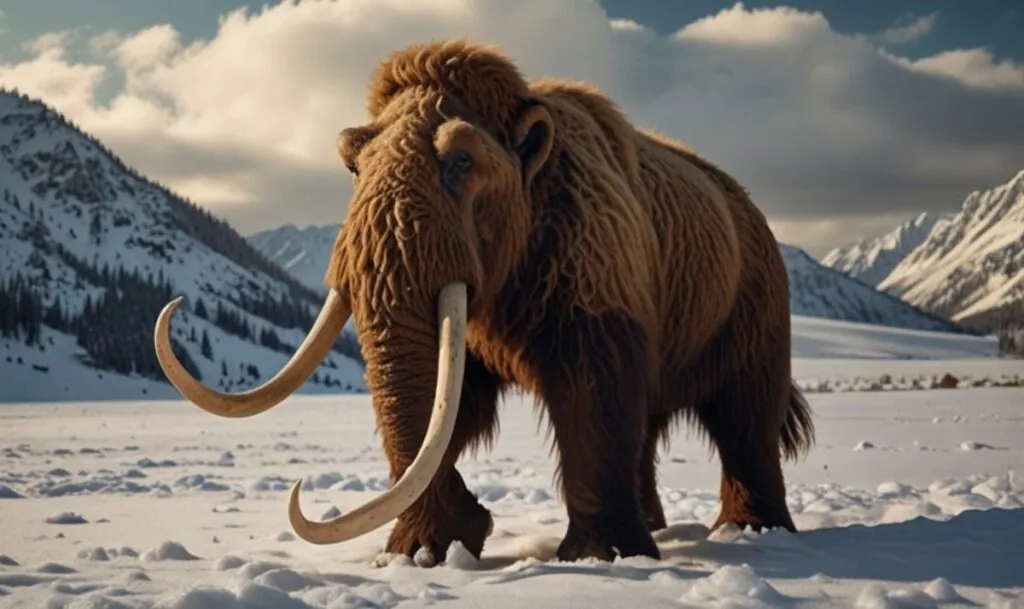
The woolly mammoth (Mammuthus primigenius) was a species of mammoth that became extinct during the Holocene epoch, having lived from the Middle Pleistocene period. Comparable in size to contemporary African elephants, male woolly mammoths stood between 2.67 and 3.49 meters (8.8 and 11.5 feet) tall at the shoulder and weighed between 3.9 and 8.2 metric tons (4.3 and 9.0 short tons).
Female woolly mammoths had shoulder heights ranging from 2.3 to 2.6 meters (7.5 to 8.5 feet) and weighed between 2.8 and 4 metric tons (3.1 and 4.4 short tons). Newborn calves of this species weighed approximately 90 kilograms (200 pounds). The woolly mammoth was highly adapted to the frigid conditions prevalent during the last ice age.
2. Saber-Toothed Cat
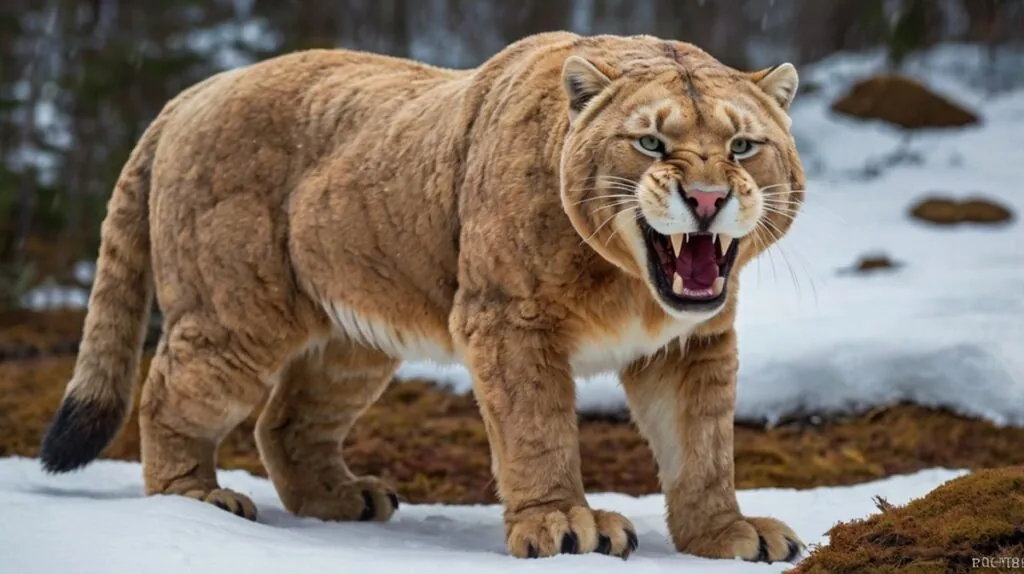
The saber-toothed cat (Machairodontinae) is an extinct subfamily of carnivorous mammals within the family Felidae (true cats). This subfamily existed across Asia, Africa, North America, South America, and Europe, spanning from the Miocene to the Pleistocene epochs, approximately 16 million to 10,000 years ago.
The skull, particularly the teeth, represents the most extensively studied aspect of the machairodont group. The machairodont subfamily is characterized by a broad range of genera, extensive fossil records, and modern relatives for comparison, along with notable diversity within the group and a well-documented understanding of their ecosystems. This subfamily is crucial for research into hypercarnivores, their specialization, and the dynamics between predators and prey.
3. Mastodon
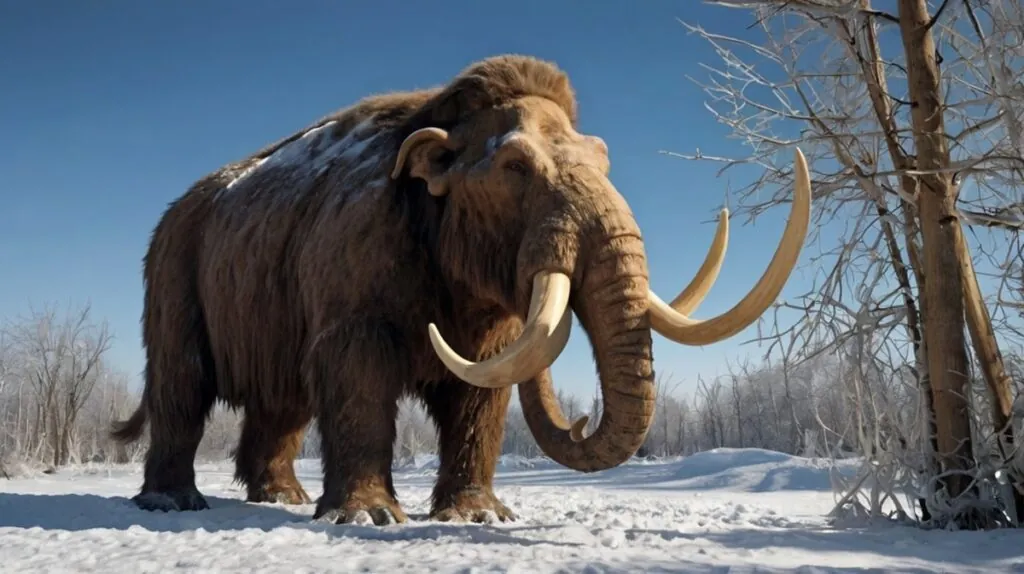
A mastodon belongs to the genus Mammut, which is strictly native to North America and existed from the late Miocene to the early Holocene. The American mastodon (M. americanum) is often portrayed in reconstructions, particularly in more than a century of paleoart, as having shaggy, brown fur. However, there is minimal direct evidence to substantiate the notion that Mammut was indeed covered in hair. Allegedly, the only fur discovery related to the mastodon consists of a skull with two small hairy patches of skin found in Wisconsin, near Milwaukee.
4. Giant Ground Sloth
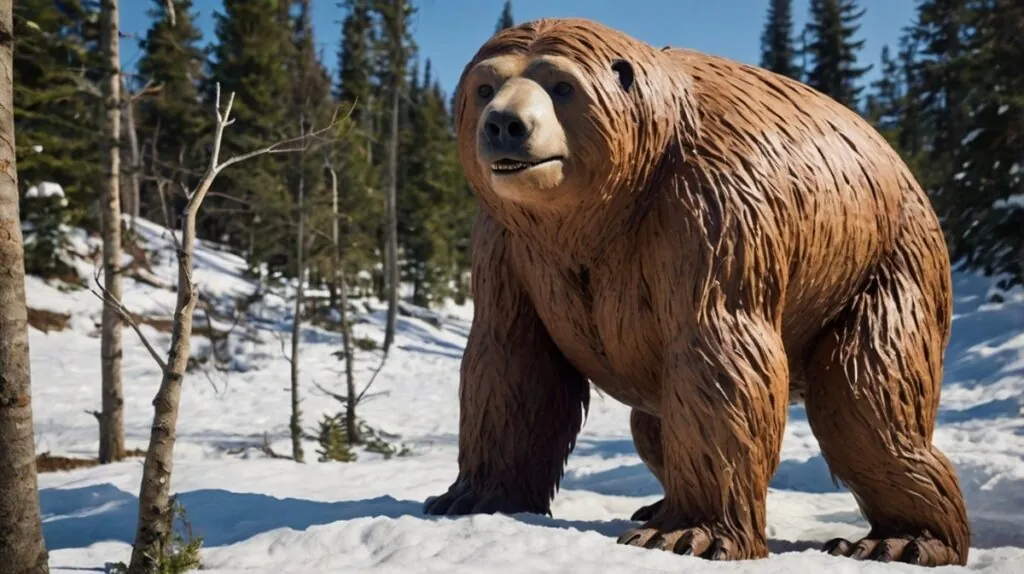
The Giant Ground Sloth (Megatherium americanum) ranks among the largest ground sloths ever known, measuring approximately 6 meters (20 feet) in total body length. Volumetric analysis indicates that a fully grown M. americanum weighed between 3,700 and 3,800 kilograms (8,200 to 8,400 pounds), a weight comparable to that of an elephant. Despite its massive body size, the head of Megatherium is relatively small. The skull features a relatively narrow snout or muzzle with an ossified nasal septum. It is believed that M. americanum had a thick prehensile upper lip, similar to that of the modern black rhinoceros.
5. Dire Wolf
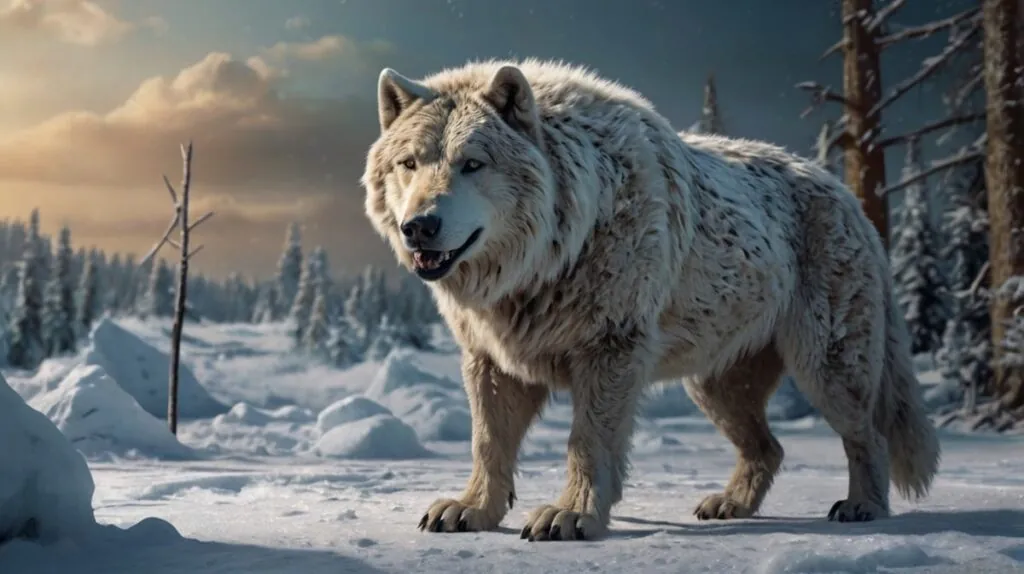
The dire wolf, one of the renowned Ice Age animals, is an extinct species of canine that inhabited the Americas during the Late Pleistocene and Early Holocene epochs, approximately 125,000 to 9,500 years ago, with a possible single record from East Asia. Fossils of dire wolves have been discovered in diverse habitats, including the plains, grasslands, and some forested mountain regions of North America, as well as the arid savannas of South America.
These fossil sites range in elevation from sea level to 2,255 meters (7,400 feet). However, dire wolf remains are rarely found north of 42°N latitude, with only five unconfirmed reports from areas beyond this line. This limited northern range is believed to have been influenced by temperature, prey availability, or habitat constraints near the Laurentide and Cordilleran ice sheets of that era.
6. Cave Lion
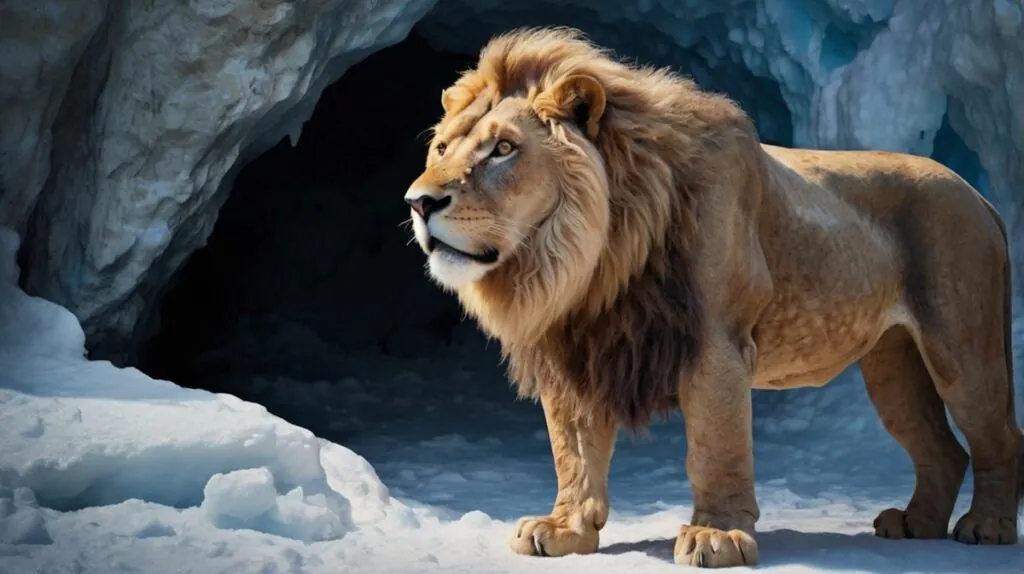
The cave lion (Panthera spelaea) was a massive, extinct predator, distinguished by its size and lack of a significant mane. Weighing over 700 pounds and standing nearly 4 feet at the shoulder, these lions were among the largest in history. They lived during the Pleistocene epoch across vast regions, including Europe, Asia, and North America.
Cave lions primarily preyed on reindeer and young bear cubs. Fossils and well-preserved specimens, such as cubs found in Siberian permafrost, offer insights into their physical characteristics and evolutionary lineage. Their extinction, occurring around 10,000 years ago, is attributed to climate changes and hunting by prehistoric humans.
7. American Cheetah
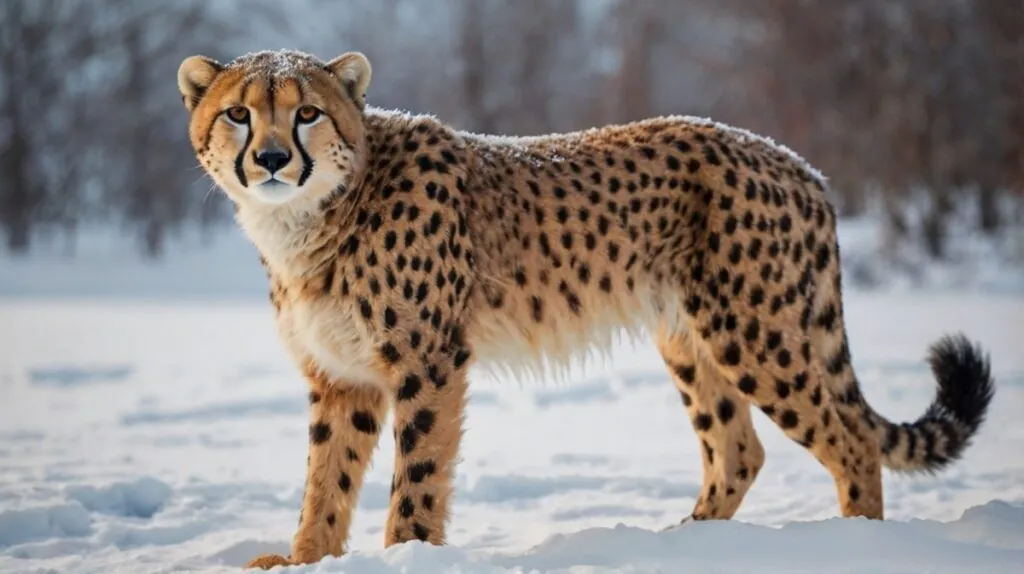
The American Cheetah (Miracinonyx trumani) was a remarkable predator that roamed North America during the Ice Age. These cats were similar in appearance and behavior to modern cheetahs, although they were more closely related to pumas. Adaptations such as a short muzzle and slender body allowed them to achieve impressive speeds, making them formidable hunters. Their primary prey included mountain goats and sheep, which they likely stalked in rocky terrains before making a swift, decisive attack.
Interestingly, the presence of American cheetahs is often linked to the exceptional speed of pronghorn antelopes. Scientists theorize that the pronghorn’s ability to sprint at speeds up to 65 mph (104 kph) evolved as a defense mechanism against these fast predators. Despite their impressive hunting capabilities, the American cheetah went extinct around 12,000 years ago, likely due to a combination of climate change, a decrease in prey availability, and human hunting pressures. On the related note, got the scoop of top 10 mythical animals around the word?
8. Glyptodon
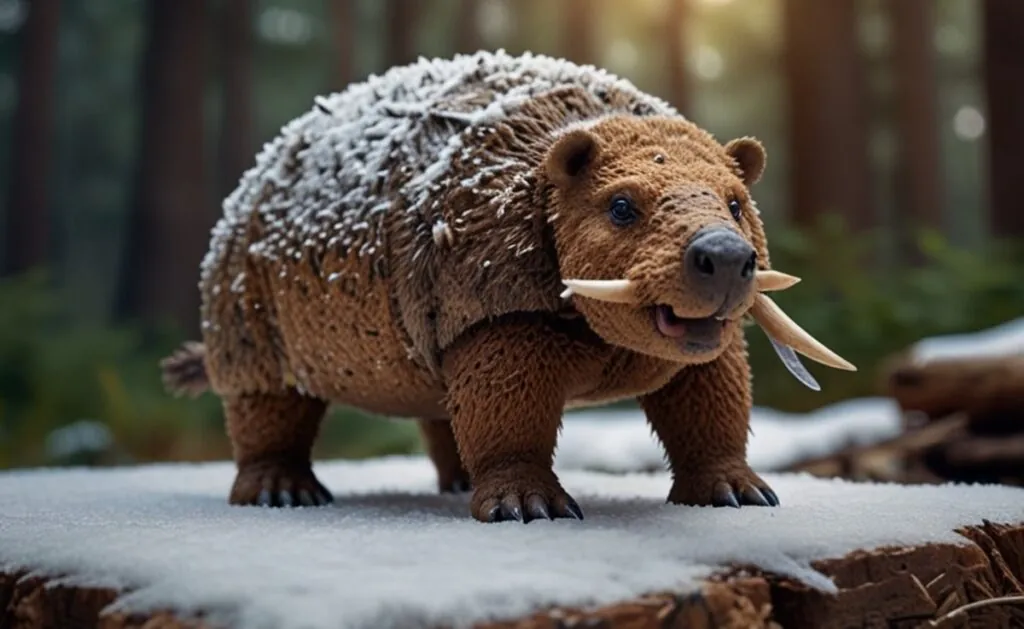
Glyptodon is a genus of glyptodont, an extinct group of large, herbivorous armadillos that existed from the Pliocene epoch, about 3.2 million years ago, to the early Holocene, approximately 11,000 years ago.
Similar to modern armadillos and other glyptodontines, Glyptodon possessed a sizable, bony carapace covering much of its body, along with smaller cephalic armor protecting the top of its head, resembling the structure seen in turtles. The carapace consisted of hundreds of small, hexagonal osteoderms (bony armored plates), with each Glyptodon carapace containing about 1,800 osteoderms. The anatomical features of different Glyptodon species show considerable variation, particularly in G. jatunkhirkhi, which shares some characteristics with the genus Glyptotherium.
9. Irish Elk
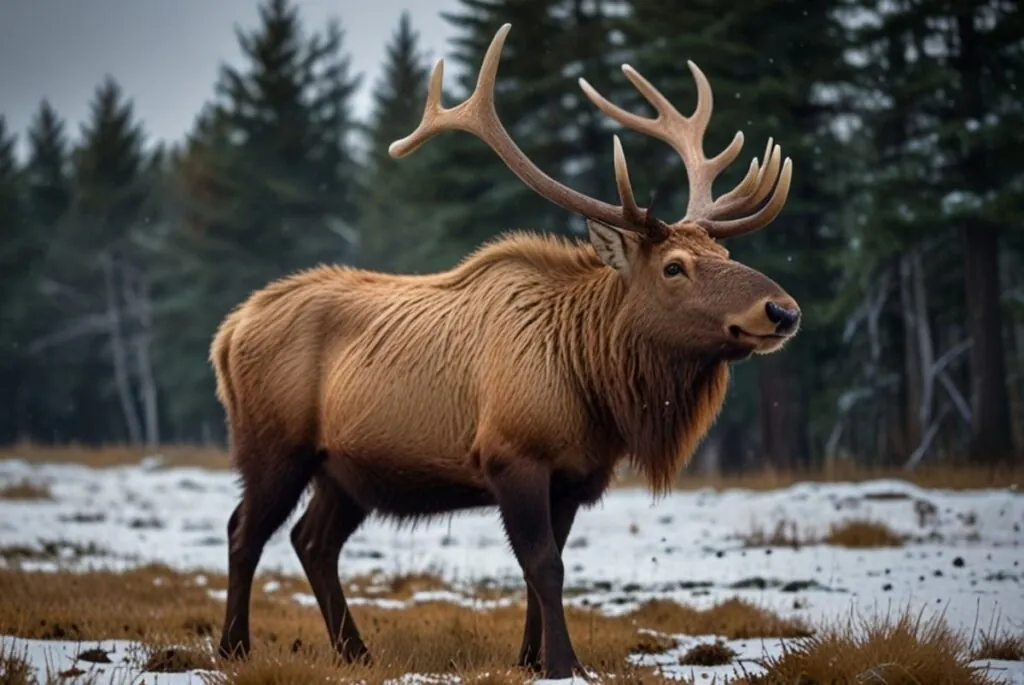
The Irish elk (Megaloceros giganteus), also known as the giant deer or Irish deer, is an extinct species within the genus Megaloceros and is among the largest deer to have ever existed. Its habitat spanned across Eurasia during the Pleistocene epoch. The Irish elk reached a height of approximately 2 meters (6 feet 7 inches) at the shoulders and possessed large palmate (flat and broad) antlers, the largest known among any deer species.
The most sizable antlers could measure over 3.5 meters (11 feet) from tip to tip, though it is uncommon for specimens to exceed 3 meters (9.8 feet) in width, and could weigh up to 40 kilograms (88 pounds). These antlers were significantly larger than those of modern moose, having more than twice the volume on average.
10. Short-Faced Bear
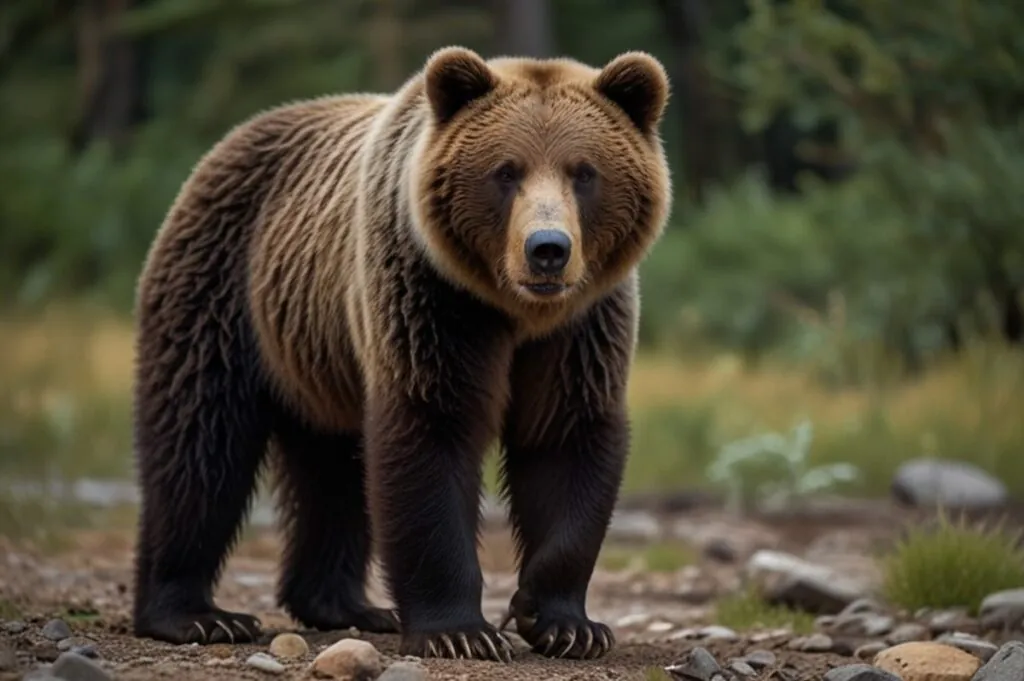
The Short-Faced Bear, known scientifically as Arctodus pristinus and Arctodus simus, was a formidable predator of North and Central America during the Late Pliocene to Holocene epochs, approximately 1.6 million to 11,000 years ago. These bears were notable for their size, standing up to 6 feet tall on all fours and reaching heights of 11 feet when upright.
The Short-Faced Bear, one of the dangerous Ice Age animals, weighed over 2,000 pounds and had distinctively short snouts. Despite their massive size, they likely relied on scavenging due to their inability to pursue prey quickly. Competition for resources with humans and climate changes contributed to their extinction around 11,000 years ago.
The fascinating ice age animals listed here paint a vivid picture of a world teeming with majestic megafauna, each uniquely adapted to their environments. From the mighty woolly mammoth and the fearsome saber-toothed cat to the resilient musk ox and the formidable short-faced bear, these creatures once roamed vast landscapes now changed by time. Understanding this ice age animals list not only gives us insights into the past but also underscores the impact of climate change and human activity on wildlife.
